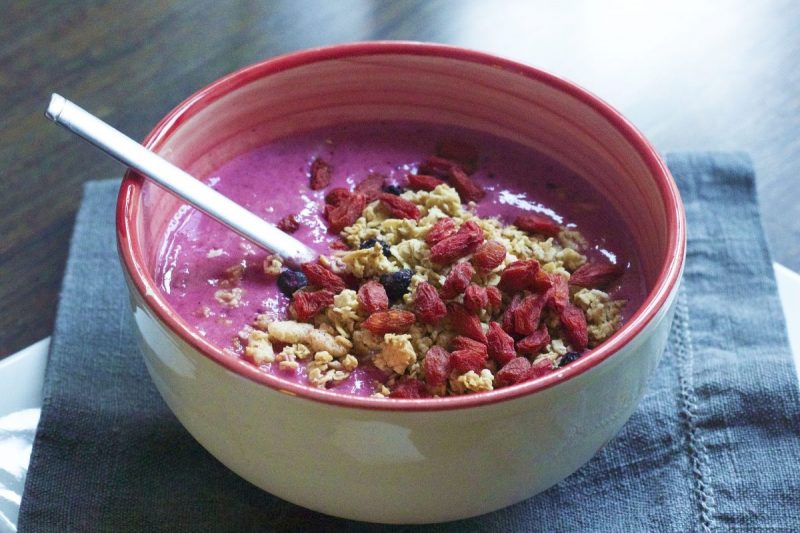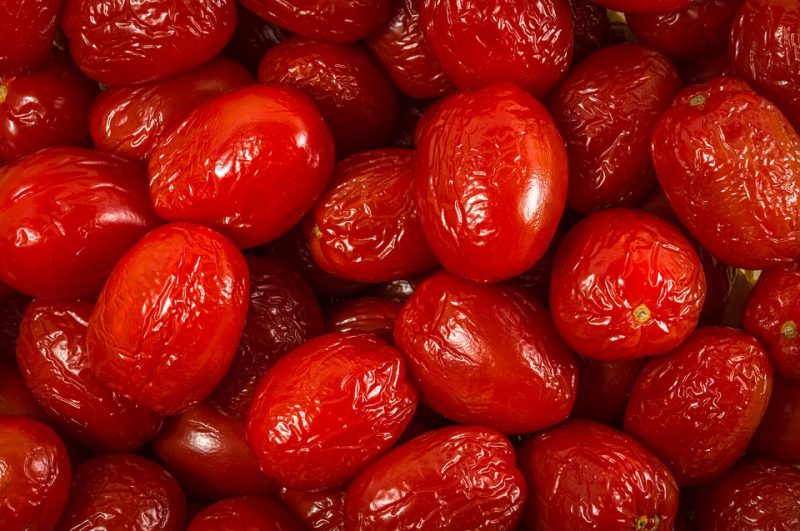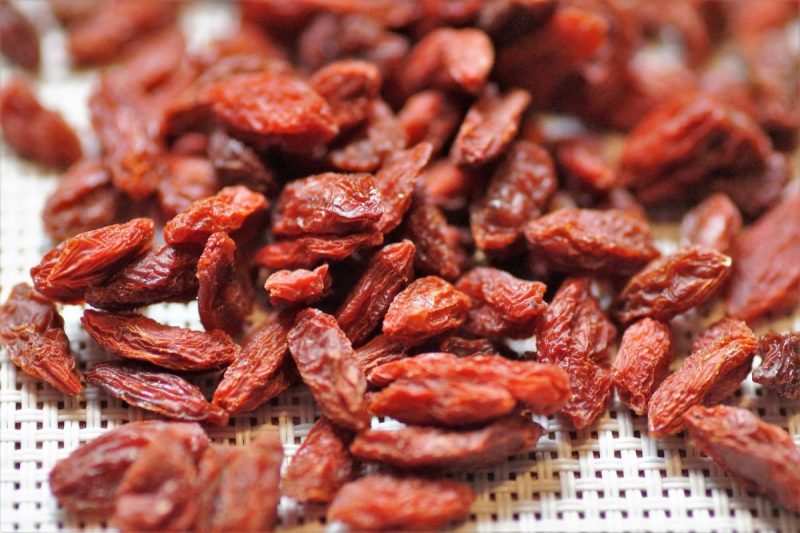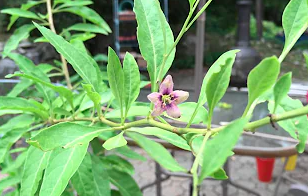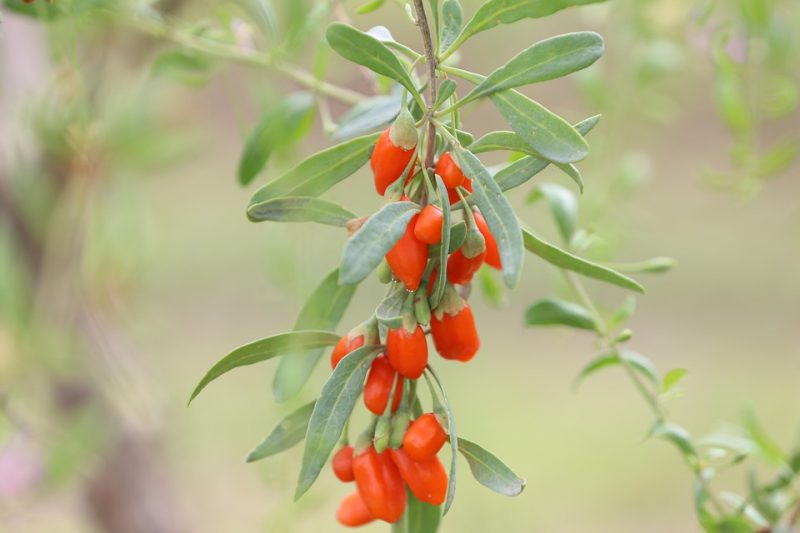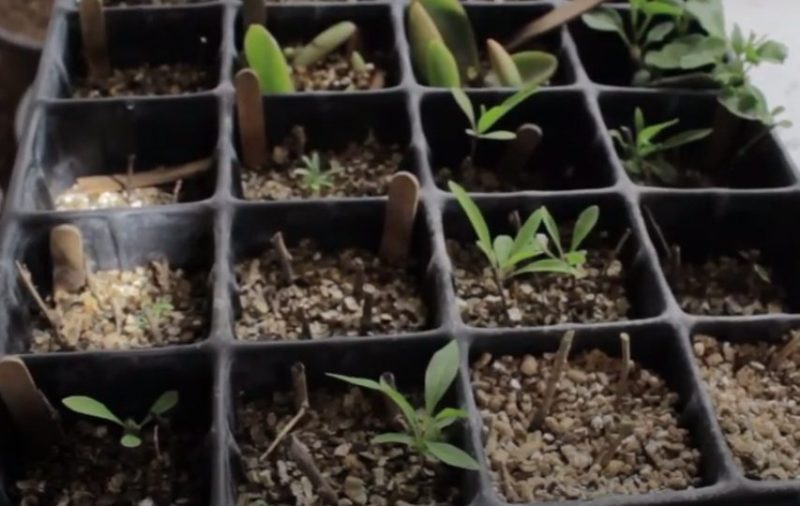Goji, planting, growing and harvesting
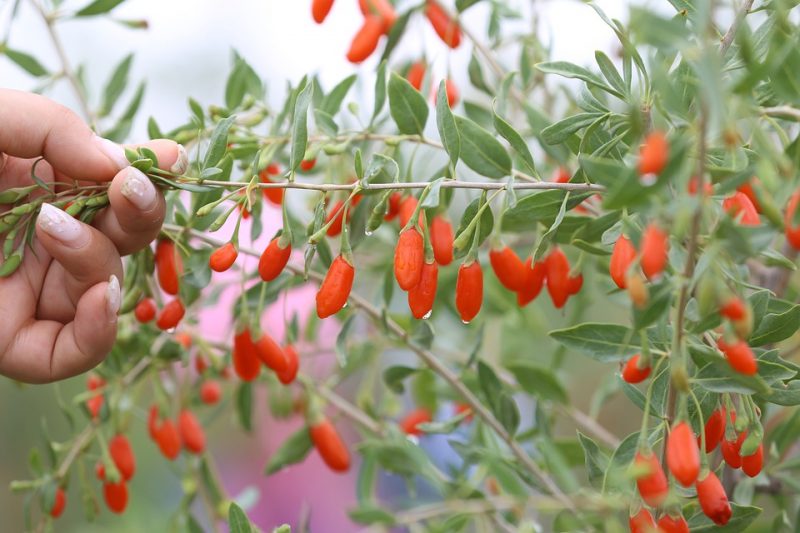
Goji (Lycium barbarum) is a perennial shrub in the Solanaceae family, Genus Lycium. It is cultivated on all continents for its edible fruits, highly appreciated for their specific taste and its therapeutic and medicinal properties. Most often they are sold dry, and dehydrated, but they can also be consumed fresh.
Goji berries are often used in various dishes, such as soups, salads, desserts, juices, jams, teas, wines, yogurts, or sauces. In some cultures, the leaves of goji plants are cooked and eaten in various forms. Goji oil, used in skin care, is extracted from the seeds. In traditional medicine, goji has been used for centuries to treat liver and kidney disease, as well as to maintain and improve vision. Due to the high content of beta-carotene, antioxidants, vitamins, and minerals, the fruits are used in the cosmetics and medicine industries.
The origin of the goji species is highly debated. The most commonly cultivated species for consumption is Lycium barbarum, also called Matrimony vine, and is considered to be native to Asia and Southeast Europe. Currently, goji is grown in subtropical, temperate, and tropical regions. The largest areas cultivated with goji are found in China.
Botanical characteristics
Goji plants are shrub species with heights between 1 and 4 m, with elongated, elliptical, or ovate leaves, alternately arranged on shoots. The flowers are hermaphroditic, solitary or clustered, short pedicellate (1-2 cm), purple, rarely white or green. The fruits are small berries, up to 2 cm long, with an ellipsoidal, elongated shape. They are fleshy, red, orange, or yellow and have between 4 and 20 brown seeds, sometimes yellow. The shrubs have well-developed roots.
Species of goji and their hybrids
The main species of goji grown for fruit production are:
- Lycium barbarum – Matrimony vine, cultivated especially for fruit consumption;
- Lycium chinense – Chinese desert thorn, cultivated more for the cosmetic and healthcare industry;
- Lycium ruthenicum – Goji with spherical, black or dark purple fruits;
- Lycium europaeum – European matrimony vine.
Also, there are numerous hybrid species and varieties obtained by the selection of natural hybrids and by controlled hybridizations.
Climate and soil requirements
Since the root system of goji plants is well developed, they have low demands in terms of environmental conditions. They can be found at altitudes between 700 and 2700 m, developing well on relatively light soils, sandy or loamy, well-drained, with neutral pH, weakly alkaline or weakly acidic. The optimum temperature for seed germination is between 15-25 ℃. The plants are resistant to low temperatures, during the dormancy period they can tolerate temperatures of -15 ℃ or even less. They also tolerate high temperatures and drought, as well as exposure to strong winds. The goji plant loves direct sunlight. It can withstand semi-shade, but the fruit production is poor if the plant cannot benefit from min. 6 hours/day of sun exposure.
Cultivation technology – goji
Choosing and preparing the land
For growing goji, choose fertile, sunny land with a water source nearby. Soil preparation involves removing all plants and plant debris from the plot, which can be done manually, mechanically, or with non-selective herbicides or a combination of these. Then, if necessary, the land can be leveled, considering the land slope. Before planting, fertilize with manure and superphosphate.
Recommended products
-
You can find products on a different store
Change Store -
You can find products on a different store
Change Store -
You can find products on a different store
Change Store -
You can find products on a different store
Change Store -
You can find products on a different store
Change Store -
You can find products on a different store
Change Store -
You can find products on a different store
Change Store -
You can find products on a different store
Change Store -
You can find products on a different store
Change Store -
You can find products on a different store
Change Store -
You can find products on a different store
Change Store -
You can find products on a different store
Change Store -
You can find products on a different store
Change Store -
You can find products on a different store
Change Store -
You can find products on a different store
Change Store -
You can find products on a different store
Change Store -
You can find products on a different store
Change Store -
You can find products on a different store
Change Store -
You can find products on a different store
Change Store -
You can find products on a different store
Change Store -
You can find products on a different store
Change Store -
You can find products on a different store
Change Store -
You can find products on a different store
Change Store -
You can find products on a different store
Change Store
Sowing and Propagation by cuttings
The propagation of goji plants can be done by germination (from seeds) or vegetatively (by cuttings).
In the case of seed propagation, they can be soaked in water for 24 hours before sowing, thus accelerating the germination process. Sowing should take place in spring, in hotbeds or greenhouses, and the seedlings obtained should be planted in the field at the age of 1 year (spring, before entering the vegetative growth period). The recommended planting distances are 1.5-2.5 m between rows and 1-1.5 m between plants per row. The plants must be irrigated immediately after sowing, respectively after planting.
In the case of vegetative propagation, use cuttings from healthy, vigorous plants. Planting should be carried out in autumn, after the growing season, in seedlings or propagation containers, or in greenhouses. Seedlings obtained by cuttings can be planted in the field in a similar way to those obtained from seeds.
Maintenance works
The maintenance of the goji crop involves weed control (by manual or mechanical pruning, chemical treatments, or mulching), irrigation, fertilization, preventive and pest control treatments.
Recommended products
-
You can find products on a different store
Change Store -
You can find products on a different store
Change Store -
You can find products on a different store
Change Store -
You can find products on a different store
Change Store -
You can find products on a different store
Change Store -
You can find products on a different store
Change Store -
You can find products on a different store
Change Store -
You can find products on a different store
Change Store -
You can find products on a different store
Change Store -
You can find products on a different store
Change Store -
You can find products on a different store
Change Store -
You can find products on a different store
Change Store -
You can find products on a different store
Change Store -
You can find products on a different store
Change Store -
You can find products on a different store
Change Store -
You can find products on a different store
Change Store -
You can find products on a different store
Change Store -
You can find products on a different store
Change Store -
You can find products on a different store
Change Store -
You can find products on a different store
Change Store -
You can find products on a different store
Change Store -
You can find products on a different store
Change Store -
You can find products on a different store
Change Store -
You can find products on a different store
Change Store
In addition, it is recommended to carry out pruning in order to reduce the shrub’s height, to encourage light entering the crown, to encourage the formation of productive lateral shoots, etc. As a rule, pruning should be carried out after the growing season, but actual growth can be shortened during the growing season.
Recommended products
-
You can find products on a different store
Change Store -
You can find products on a different store
Change Store -
You can find products on a different store
Change Store -
You can find products on a different store
Change Store -
You can find products on a different store
Change Store -
You can find products on a different store
Change Store -
You can find products on a different store
Change Store -
You can find products on a different store
Change Store -
You can find products on a different store
Change Store -
You can find products on a different store
Change Store -
You can find products on a different store
Change Store -
You can find products on a different store
Change Store -
You can find products on a different store
Change Store -
You can find products on a different store
Change Store -
You can find products on a different store
Change Store -
You can find products on a different store
Change Store -
You can find products on a different store
Change Store -
You can find products on a different store
Change Store -
You can find products on a different store
Change Store -
You can find products on a different store
Change Store -
You can find products on a different store
Change Store -
You can find products on a different store
Change Store -
You can find products on a different store
Change Store -
You can find products on a different store
Change Store
Harvesting
The fruits must be harvested by hand when fully ripe, in stages, from early summer until November. The earliest fruiting occurs in the 2nd or 3rd year of growth, and the most abundant fruiting is characteristic of the 4th or 5th year of growth.
